T-M27 Catapult DIY Learning Kit Overview
The T-M27 Catapult DIY Learning Kit is a hands-on educational project designed to introduce students to the basics of mechanics, energy conversion, and projectile motion. Learners build and operate a working catapult to see how stored potential energy is converted into kinetic energy during launch.
Why Choose the T-M27 Catapult Kit
- Interactive STEM learning tool for classrooms, labs, and science fairs
- Simple, safe, and engaging way to demonstrate real-world physics principles
- Suitable for group projects, demonstrations, and individual exploration
Key Features and Benefits
- Learn Projectile Motion: Visualize how angle, force, and tension affect range and trajectory.
- STEM-Based Educational Kit: Reinforces concepts in mechanics, motion, and energy transfer through practical building.
- DIY Assembly Model: Encourages creativity, coordination, and basic engineering skills.
- All-In-One Kit: Includes necessary components and tools for straightforward assembly.
- Easy to Build: Beginner-friendly design with clear step-by-step instructions.
- Durable and Reusable: Constructed from high-quality wood or durable plastic depending on version.
- Hands-On Learning: Promotes observation, experimentation, and critical thinking.
What Students Will Learn
- Fundamentals of force and tension
- Energy transformation from potential to kinetic
- How launch angle and force influence trajectory and distance
- Basic mechanical principles of levers and pivots
- Problem-solving, measurement, and experimental method
Package Includes
- Catapult frame components
- Elastic bands or tension springs
- Launch arm and pivot parts
- Projectiles (foam or lightweight material)
- Screws, connectors, and assembly tools
- Instruction manual and assembly guide
Specifications
- Assembly Type: DIY (unassembled)
- Material: High-quality wood or durable plastic (depending on version)
- Power Source: Manual (elastic or spring tension)
- Skill Level: Beginner
- Learning Focus: Energy transformation, force, tension, projectile motion
Assembly Tips and Safety
- Follow the step-by-step instructions provided in the manual for safe, correct assembly.
- Use the included tools and connectors; do not substitute with inappropriate parts.
- Conduct launches in an open area and use the supplied lightweight projectiles to reduce risk.
- Supervise younger students during assembly and testing to ensure safe handling.
Ideal Uses
- STEM education lessons and physics classrooms
- Science exhibitions and school projects
- Hands-on demonstrations for understanding motion and energy
Note: Images are for illustration purposes only.

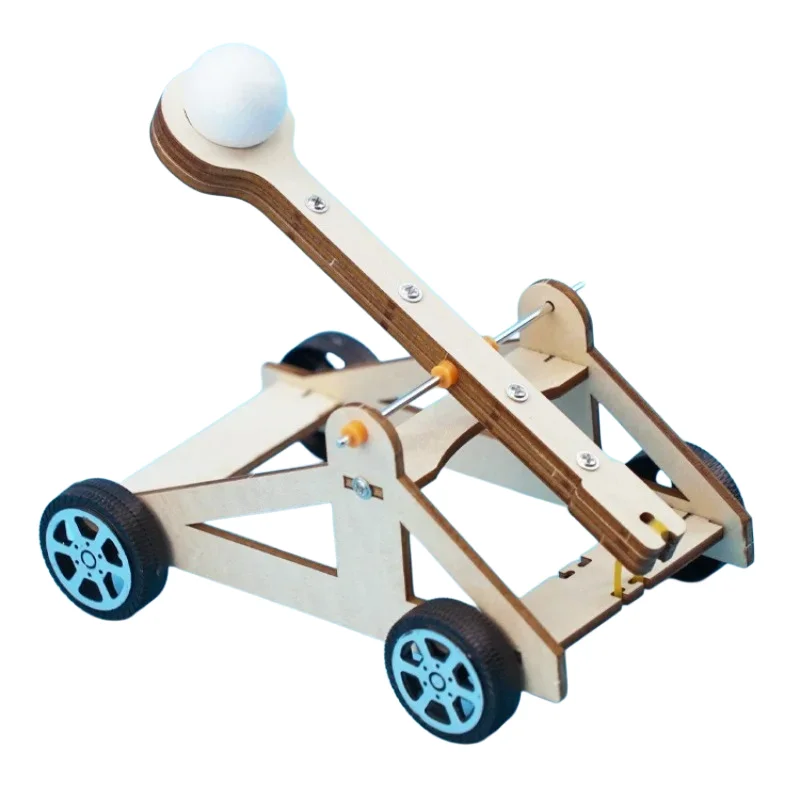

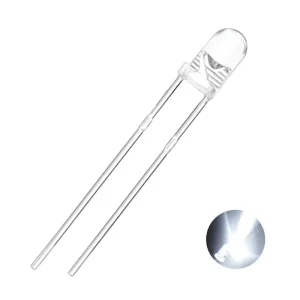
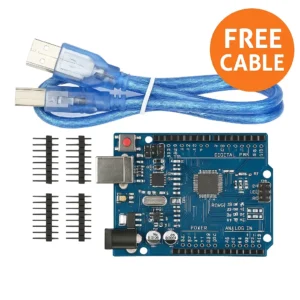
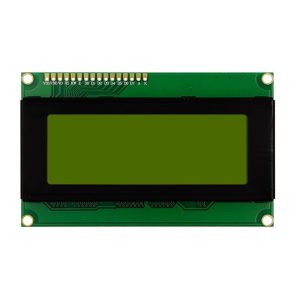
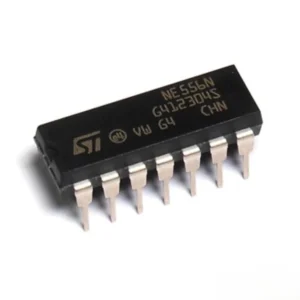

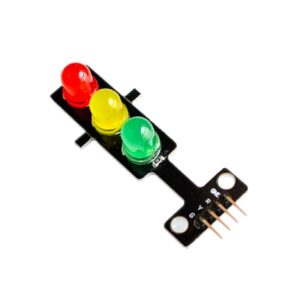
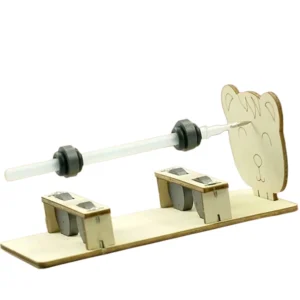
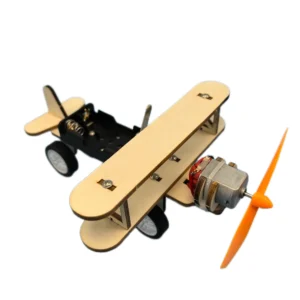
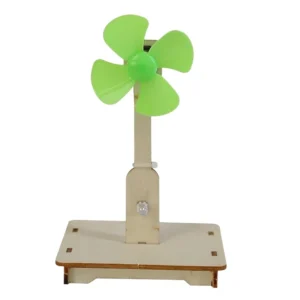


There are no reviews yet.